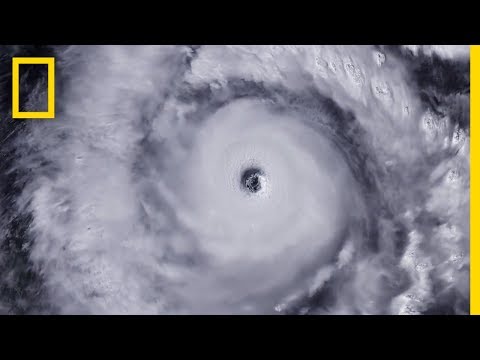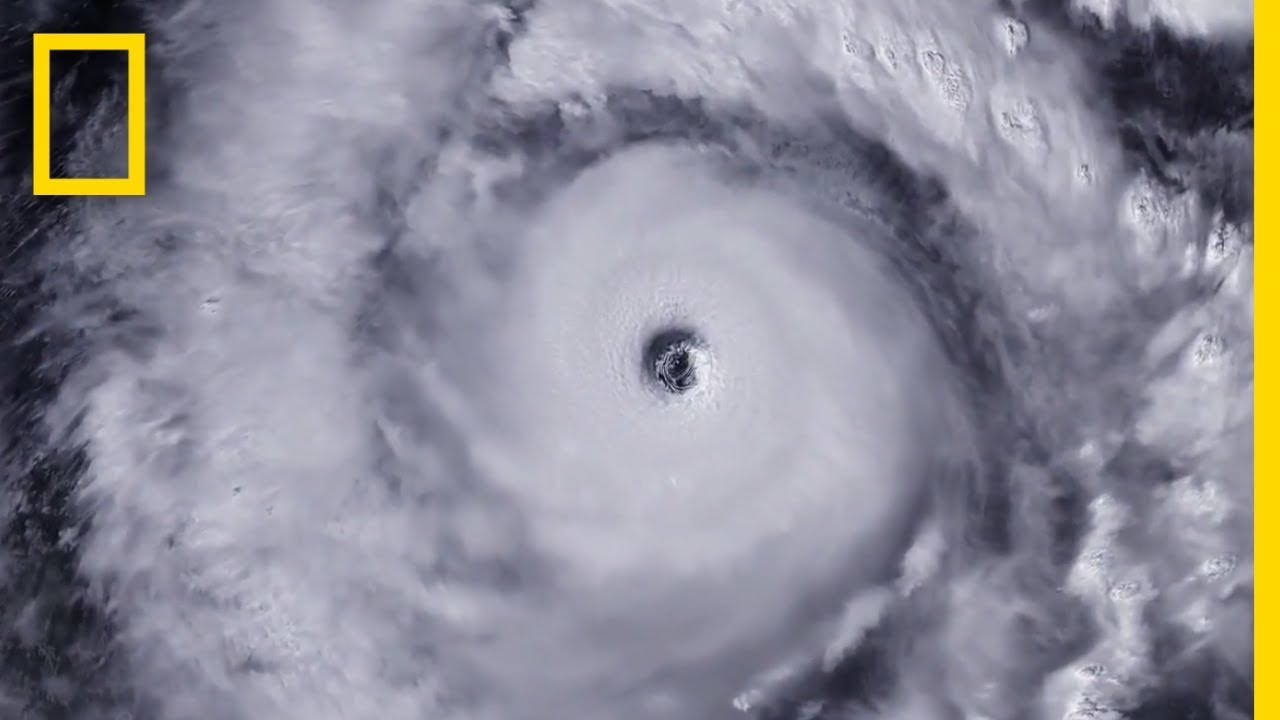Curious about the mesmerizing force of hurricanes? Delve into the captivating world of these natural phenomena and uncover their awe-inspiring origins. Discover how warm ocean waters, moisture-rich air currents, and powerful atmospheric conditions converge to create the perfect storm. Journey into the heart of these colossal whirlwinds to understand how the intricate interplay between these three essential elements sets the stage for a hurricane’s birth. Explore the unpredictable dance between warm and cool air masses as they collide and spiral, fueling the massive storm’s intensity. Uncover the fascinating relationship between a hurricane’s wind speed and its destructive power, as well as the mesmerizing spiral shape it takes on. Dive into the intricate web of atmospheric pressure, as low pressure areas draw in surrounding air, further intensifying the storm’s wild energy. Prepare to be amazed as you grasp the immense scale and sheer force of these natural wonders, and gain a newfound appreciation for the awe-inspiring beauty and profound impact hurricanes have on our planet. So, join us on this captivating journey and unravel the secrets behind what truly causes a hurricane to be born.

Causes of Hurricanes
| Factor | Explanation |
|---|---|
| Warm Ocean Waters | Hurricanes are fueled by warm ocean waters with a temperature of at least 80°F (27°C). This warm water provides the necessary energy for the formation and intensification of a hurricane. |
| Moisture | A significant amount of moisture in the atmosphere is essential for hurricane formation. As warm air rises from the ocean surface, it condenses, releasing latent heat and further fueling the storm. |
| Low Vertical Wind Shear | Vertical wind shear, or the change in wind speed and direction with height, disrupts the development of hurricanes. Low vertical wind shear allows a storm to maintain its structure and strengthen, while high wind shear can weaken or even dissipate a hurricane. |
| Coriolis Effect | The Coriolis effect, caused by the rotation of the Earth, is necessary for the spin of a hurricane. This effect deflects moving air to the right in the Northern Hemisphere and to the left in the Southern Hemisphere, creating the characteristic cyclonic circulation of a hurricane. |
| Atmospheric Stability | While hurricanes thrive in unstable atmospheric conditions, a certain level of stability is necessary for their formation. Stable atmospheric conditions can inhibit the development of thunderstorms, which are the building blocks of hurricanes. |
| Pre-existing Disturbances | Often, the formation of a hurricane is triggered by pre-existing weather disturbances, such as tropical waves or low-pressure systems. These disturbances provide an initial focus for storm development and can enhance the likelihood of hurricane formation. |
“Unleashing Nature’s Fury: Unraveling the Secrets of Hurricanes”
The Cause of a Hurricane
As one of the most devastating and powerful natural disasters on Earth, hurricanes have the ability to unleash tremendous destruction and wreak havoc in their paths. Understanding the cause of a hurricane is crucial to better prepare for and mitigate the impacts of these catastrophic weather events. In this article, we will delve into the factors that contribute to the formation and intensification of hurricanes.
1. Warm Ocean Waters
Warm ocean waters serve as the primary fuel for hurricanes. These massive tropical cyclones draw their energy from the warm surface waters of the ocean. The heat from the ocean warms the air above it, which then rises and creates an area of low pressure. This low pressure system acts as a vacuum, pulling in surrounding air. As the warm air rises and cools, it releases heat and moisture, which further fuels the storm.
Typically, hurricanes form in tropical and subtropical regions where the ocean temperature exceeds 80°F (27°C). This warm water provides the necessary energy for the storm to intensify and grow in strength.
2. Atmospheric Stability and Moisture
Atmospheric stability plays a crucial role in the formation and development of hurricanes. Stable atmospheric conditions prevent the vertical movement of air, inhibiting the growth of a storm. However, an unstable atmosphere with warm, moist air rising rapidly promotes the development of thunderstorms, which are the building blocks of hurricanes.
Additionally, an abundant supply of moisture is essential for hurricane formation. The warm ocean waters evaporate, causing the air to become saturated with moisture. This moisture-laden air rises, condenses, and forms towering thunderstorm clouds. The condensation process releases latent heat, providing even more energy to the developing storm.
3. Coriolis Effect
The Coriolis effect is a phenomenon caused by the rotation of the Earth, which influences the direction of moving objects. In the context of hurricanes, the Coriolis effect is responsible for the rotation and organization of these powerful storms.
In the Northern Hemisphere, hurricanes rotate counterclockwise, while in the Southern Hemisphere, they rotate clockwise. This rotation is a result of the Coriolis effect deflecting the path of moving air masses. Without the Coriolis effect, hurricanes would not be able to develop their characteristic circular shape.
4. Lack of Vertical Wind Shear
Vertical wind shear refers to the change in wind speed or direction with height. Hurricanes thrive in an environment with minimal wind shear. Strong wind shear can disrupt the vertical structure of a storm, hindering its development and weakening its intensity.
When there is no significant wind shear, the warm, moist air can rise freely and organize itself into a powerful hurricane. However, if wind shear is present, it can tilt the storm, separating the upper-level circulation from the lower-level circulation and limiting its growth potential.
5. Tropical Disturbances
Hurricanes typically originate from tropical disturbances that form over warm ocean waters. These disturbances can take various forms, such as tropical waves, tropical depressions, or tropical storms, before eventually evolving into hurricanes.
Tropical disturbances are often caused by atmospheric instability, convergence of air masses, or the interaction between atmospheric waves and the warm ocean surface. As these disturbances move across warm waters and encounter favorable environmental conditions, they can intensify and transform into hurricanes.
Conclusion
In conclusion, a combination of warm ocean waters, atmospheric stability and moisture, the Coriolis effect, lack of vertical wind shear, and tropical disturbances contribute to the formation and intensification of hurricanes. Understanding these factors is vital in order to predict and prepare for these destructive storms, ultimately saving lives and minimizing the damage they inflict.

